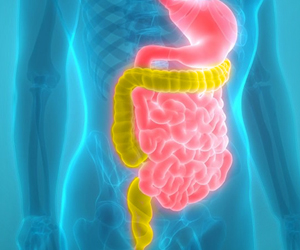Body builders eat large amounts of protein, thinking that it is the key to bigger, stronger muscles. Now, a recent study by University of Texas Medical Branch at Galveston metabolism researchers provides evidence that strongly contradicts this tradition.
It revealed that moderate amount of protein per meal is going to produce the same results as wolfing down protein shakes.The study's results, obtained by measuring muscle synthesis rates in volunteers who consumed different amounts of lean beef, show that only about the first 30 grams (just over one ounce) of dietary protein consumed in a meal actually produce muscle.
"We knew from previous work that consuming 30 grams of protein - or the equivalent of approximately 4 ounces of chicken, fish, dairy, soy, or, in this case, lean beef - increased the rate of muscle protein synthesis by 50 percent in young and older adults," said associate professor Douglas Paddon-Jones, senior author of a paper on the study.
Paddon-Jones added: "We asked if 4 ounces of beef gives you a 50 percent increase, would 12 ounces, containing 90 grams of protein, give you a further increase?"
The UTMB researchers tested this possibility by feeding 17 young and 17 elderly volunteers identical 4- or 12-ounce portions of lean beef.
Using blood samples and thigh muscle biopsies, they then determined the subjects' muscle protein synthesis rates following each of the meals.
Advertisement
"This suggests that at around 30 grams of protein per meal, maybe a little less, muscle protein synthesis hits an upper ceiling. I think this has a lot of application for how we design meals and make menu recommendations for both young and older adults," Paddon-Jones added.
Advertisement
Source-ANI
LIN










